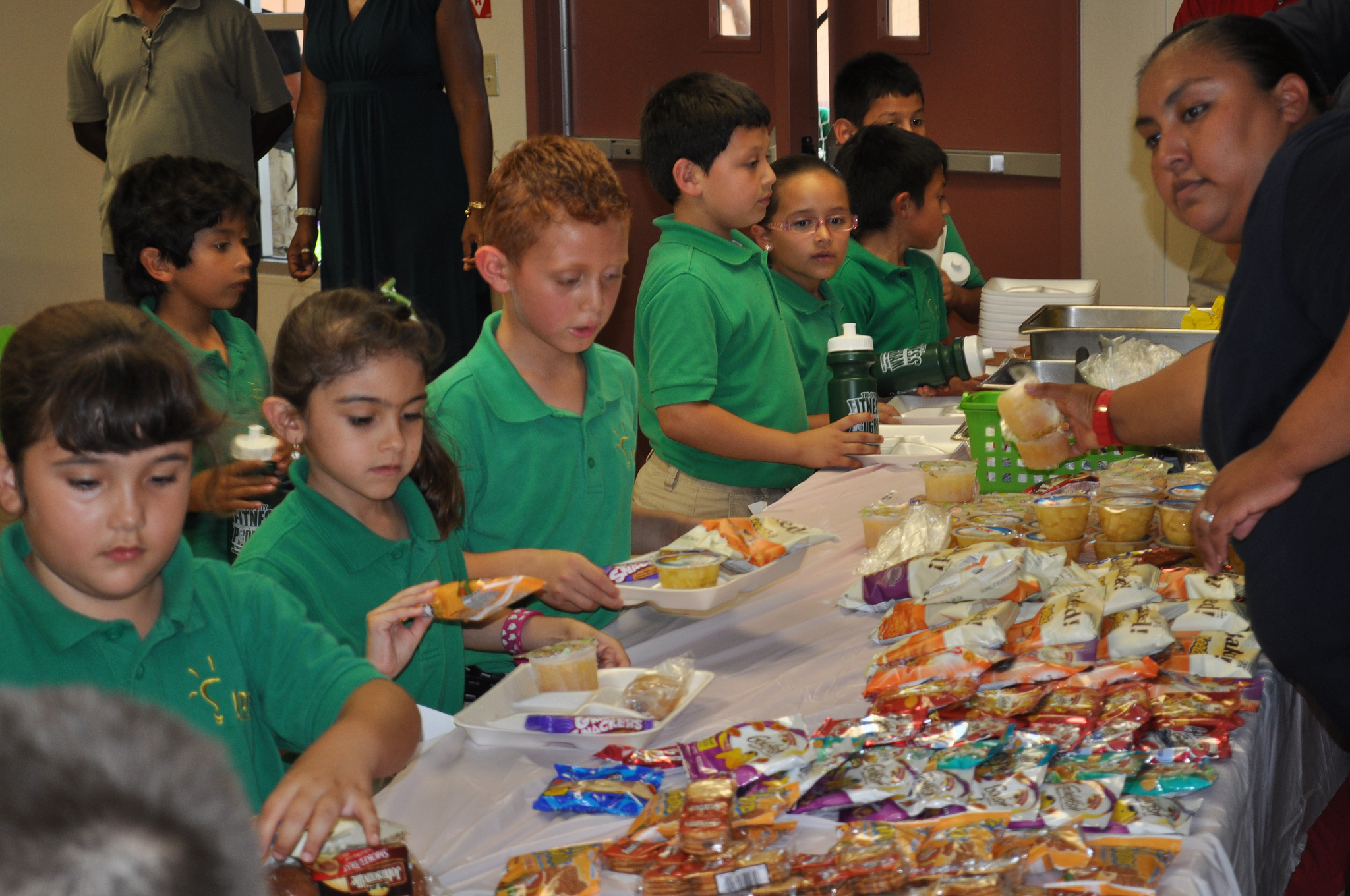
During the school year, over 21 million children receive free and reduced-price breakfast and lunch each day through the USDA’s National School Lunch Program. But, when school is out, many children who rely on these meals go hungry. The challenge is particularly great in rural areas and Indian Country, where 15 percent of households are food insecure. In these areas, children and teens often live long distances from designated summer meal sites and lack access to public transportation.
According to Feeding America, 43 percent of counties are rural, but they make up nearly two-thirds of counties with high rates of child food insecurity. The consequences are significant. Several studies have found that food insecurity impacts cognitive development among young children and contributes to poorer school performance, greater likelihood of illness, and higher health costs.
The Obama administration has addressed the challenge head-on, investing unprecedented energy and resources to increasing participation in the USDA’s Summer Food Service Program.
And the impact has been significant. In 2014, in the peak operating month of July, over 45,000 summer meal sites were available across the U.S., a 29 percent increase from 2009. All told, last summer the USDA Food and Nutrition Service delivered 23 million more meals than in the summer of 2009. But we know that in order to get every kid a nutritious meal this summer, we need to get everyone involved, from schools to federal agencies to volunteers in local communities. Check out this handy toolkit to see how you can help!
Today, the Administration is making a series of announcements designed to serve more meals this summer in rural and tribal areas.
- Launching the “Summer Meals Site Finder.” Children and parents can now go to www.fns.usda.gov/summerfoodrocks on their computer or smartphone and enter an address, city, state, or zip code to find the location and other information of nearby summer meal sites.
- Bringing in some help! This summer, certain high-need rural and tribal communities will get the help of 60 AmeriCorps VISTA Summer Associates to help recruit volunteers, raise awareness of the summer meal program, and provide operational support.
- Partnering with others. We’re teaming up with organizations like the National Football League and Feeding America to help raise awareness, target outreach, and deliver meals in rural and urban areas.
By working together with families, local schools, and private organizations, we are helping to make sure that children can easily get the nutritious meals they need to be healthy and ready to learn when they return to school in the fall.



